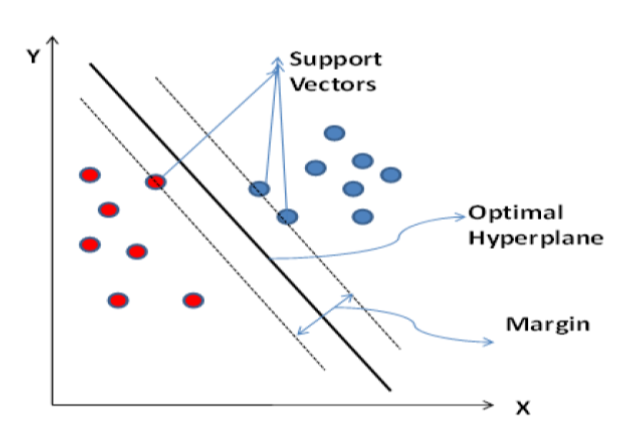


Indian Journal of Science and Technology
DOI: 10.17485/IJST/v13i37.1435
Year: 2020, Volume: 13, Issue: 37, Pages: 3820-3842
Original Article
V Balasankar1*, Suresh Varma Penumatsa2, PanduRanga Vital Terlapu3
1Research Scholar, Department of CSE, Adikavi Nannaya University, Rajahmundry, AP, India
2Professor, Department of CSE, Adikavi Nannaya University, Rajahmundry, AP, India
3Associate Professor, Department of CSE, Aditya Institute of Technology and Management,Tekkali, Srikakulam, Andhra Pradesh, India
*Corresponding Author
Email: [email protected]
Received Date:30 August 2020, Accepted Date:20 September 2020, Published Date:13 October 2020
Background: Developing economic and social systems and assuring the efficiency of economic and social processes is the major task for the government of any country. Predictable machine learning (ML) models are used for analyzing data sets that allow more efficient enterprise management. Now a day, the research on Socio-Economic Status (SES) and Machine Learning (ML) is very crucial to find socio-economic inequalities, and take further actions that are preventions, protections, and suppressions. Objectives: The mainobjective of this research is to understand the Socio Economic System issues and predicting SES levels on particular area like Rajahmundry, AP, India using statistical analysis and machine learning methodologies. Methods: In this, we analyze the data that is collected from Rajahmundry (Rajamahandravaram),Andhra Pradesh, India with 48 feature attributes (dimensions), and one target four class attribute (poor, rich, middle, upper-middle ). The SES levels like poor, rich, middle, and upper-middle classes are predicted by 5 ML algorithms. Findings: In this paper, we conduct the statistical analysis of each attribute, and analyze and compare the performance accuracies using confusion matrix, performance parameter (classification accuracy, Precision,Recall, and F1) values and receive operating characteristic (ROC) under AUC values of five efficient ML algorithms like Naïve Bayes, Decision Trees (DTs), k-NN, SVM (kernel RBF) and Random Forest (RF). We observed that the RF algorithm showed better results when compared with other algorithms for the Rajahmundry AP SES dataset. The RF algorithm performs 97.82% of classification accuracy (CA) and time is taken for model construction 0.41 seconds. The next superior performed ML model is DTs with 96.67% of CA and 0.16 seconds for model construction. Novelty: Comprehensive analysis indicates that the novel AP SES Dataset with empirical statistical analysis gives the good results and predicts the SES levels with RF model is very effective.
Keywords: Machine Learning; socio-economic status; Rajahmundry;household; poverty
© 2020 Balasankar et al.This is an open-access article distributed under the terms of the Creative Commons Attribution License, which permits unrestricted use, distribution, and reproduction in any medium, provided the original author and source are credited. Published By Indian Society for Education and Environment (iSee).
Subscribe now for latest articles and news.